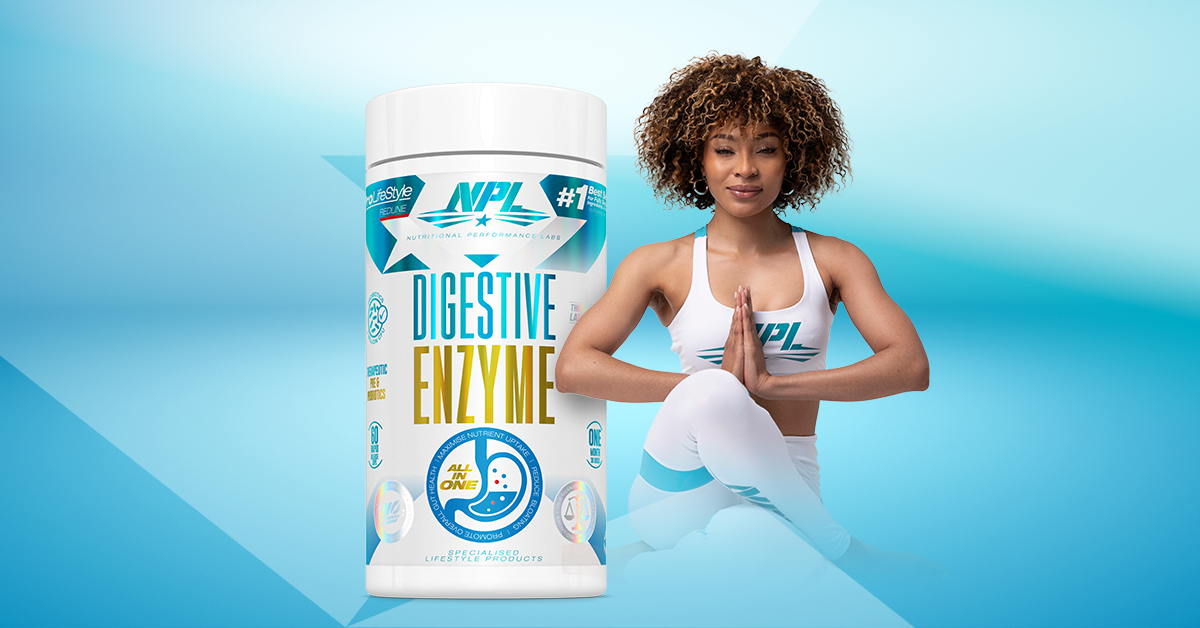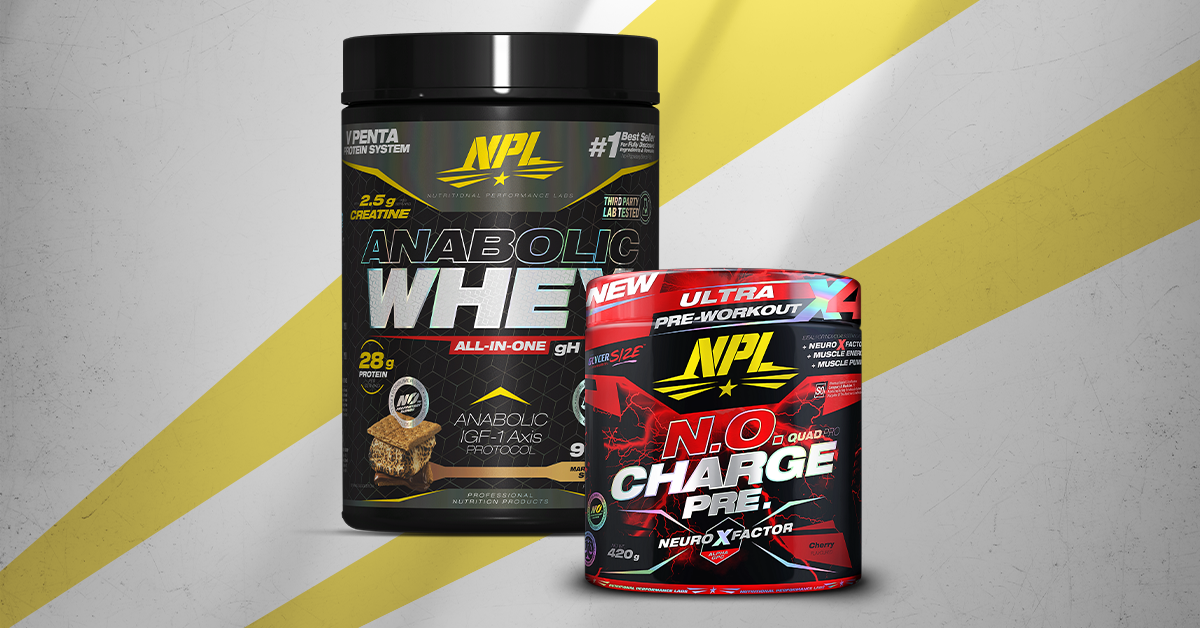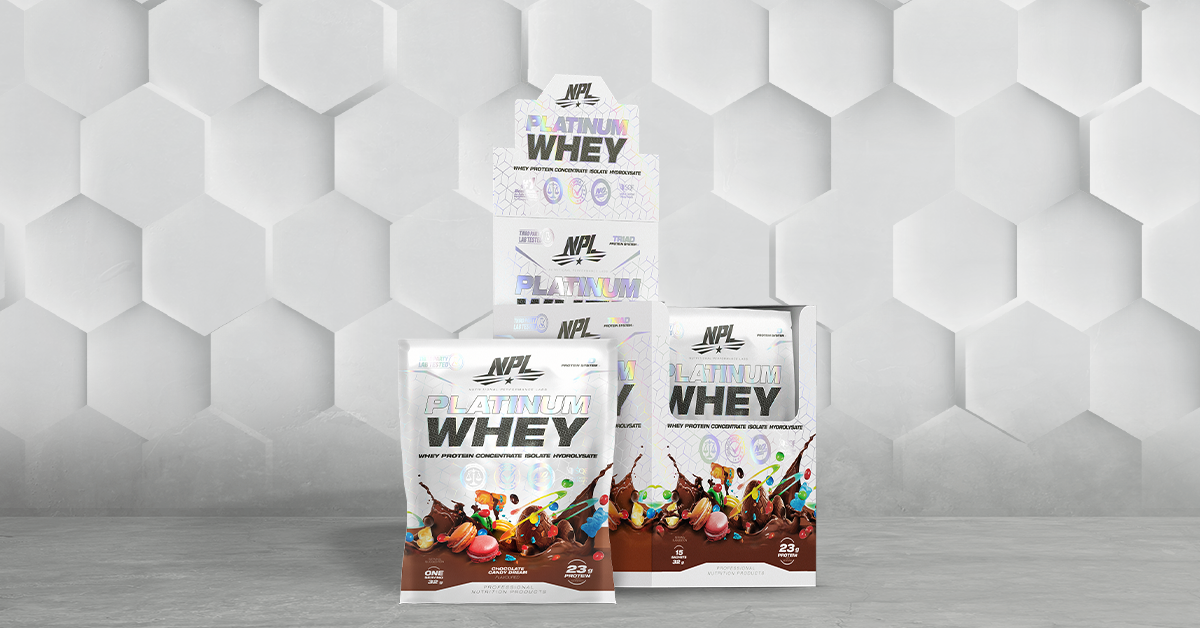The Ultimate Summer Cutting Guide

The ultimate cutting guide: How to calculate your calorie requirements
Cutting calories is an essential part of any effective weight loss plan, but it's important to do it in a safe and healthy way. If you're on a mission to shed excess body fat and achieve a leaner physique, understanding your calorie requirements is crucial. In this guide, we’re going to be looking at the different methods of calculating your required calories as well as a few ways you can implement a cutting routine into your diet and exercise regime.
Calculating Calorie Requirements:
There are a number of different equations that allow us to calculate daily required calories, we will make use of the Harris-Benedict equation which for men is represented by:
BMR = 66.4730 + 13.7516W + 5.0033H – 6.7550A
where:
W is body weight in kg
H is body height in cm
A is age
This equation is the most widely used within the fitness industry for two reasons, the first is because the Harris-Benedict equation was developed through numerous studies during the early 20th century. The second is because the equation has shown to be one of the most valid and accurate, not completely error free, but the most reliable according to cross studies. The original formula was published in 1919 and revised in 1984, the revised formula is what is in common use today.
Using the Harris-Benedict equation we are able to determine the following:
- Basal Metabolic Rate (BMR): This represents the calories your body requires at rest to maintain basic functions like breathing and digestion.
- Total Daily Energy Expenditure (TDEE): To factor in your daily activity level, multiply your BMR by an activity factor which is broken down as follows:
- Sedentary: 1.2
- Light activity: 1.375
- Moderate activity: 1.55
- Very active: 1.725
- Very active and physical job: 1.9
- Professional athlete: 2.2 - 2.5 (dependent)
Let's consider a 25 year old , 75kg, 1.75 metre tall man as an example. Using the Harris-Benedict equation, with moderate activity (exercise 3-4 times a week), the estimated TDEE would be:
- TDEE = [66.4730 + (13.7516 x75) + (5.0033 x 175) – (6.7550 x 25)] x 1.55
- 2800 calories/ per day to maintain weight
Understanding Calorie Deficits:
A calorie deficit is the key to weight loss. To lose weight, you must consume fewer calories than your body expends. A common guideline is to aim for a deficit of 500 calories per day, resulting in a safe and sustainable weight loss of approximately 0.5 kg per week. For the above example of a 2,800 calorie diet you will need to reduce your calorie intake to 2,300 per day to see weight loss of roughly 0.5kg per week.
Different Kinds of Calorie Deficits:
Slight deficits, where you consume slightly fewer calories than your TDEE, are generally recommended for a long-term and sustainable approach to cutting. In our example, a 300-500 calorie deficit per day could lead to steady progress without feeling excessively hungry or fatigued and would have little effect on overall strength.
Moderate deficits (over 1,000 calories per day) should be approached with caution. While they can result in rapid weight loss, they may also lead to muscle loss and nutritional deficiencies. It's important to consult a dietician if considering a significant calorie deficit. Major calorie deficits close to or over 1,000 calories may also result in feelings of extreme hunger, low energy and more pronounced fatigue.
The Role of Protein Shakes:
Now, one key part of any good cut is overall protein consumption. While we do need to reduce calories, we still need to keep our protein intake high enough that we keep muscle loss to a minimum. Protein shakes can be a valuable addition to your cutting plan. They are typically low in calories while providing a high dose of protein, which is essential for preserving lean muscle.
NPL Anabolic Whey is an excellent choice, with a protein content of 27g per serving and only 180 calories per serving, ensuring you hit your protein goals without any excess calories.
Platinum Whey contains less overall calories and protein than the Anabolic Whey, 130 calories and 22.5g of protein per serving. But does offer added vitamins and minerals.
When eating in a deficit it is also important to maintain a healthy balance of vitamins and minerals which are essential to keep your body functioning normally. Supplementing with NPL Vita Sport or Vita Pack will make sure you’re getting all the nutrients you need.
Macronutrient Ratios:
Once you understand calories and deficits, you can begin to fine-tune your cutting diet by looking at macro- and micronutrients. When we discuss vitamins and minerals , these are micronutrients, when we discuss protein, fat and carbohydrates, these are macronutrients.
A common approach is to aim for a ratio of 30% protein, 25% fat, and 45% carbohydrates. This ensures you get sufficient protein to support muscle retention while controlling your fat and carbohydrate intake to create a calorie deficit.
Achieving your cutting goals involves a strategic approach to calorie deficits and macronutrient ratios. Protein shakes can be a useful tool and are often essential to maintain a low-calorie, high-protein diet. Remember that safe and sustainable weight loss is the goal, so consult with a PT or nutritionist to tailor your workout plan to your specific needs.
Product links:
https://www.npl.za.com/products/anabolic-whey
https://www.npl.za.com/collections/proteins/products/platinum-whey
https://www.npl.za.com/collections/vitamins/products/vita-sport
https://www.npl.za.com/collections/vitamins/products/vita-pack






